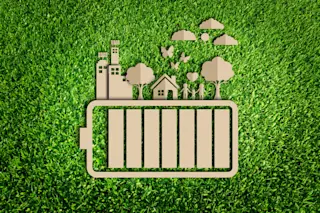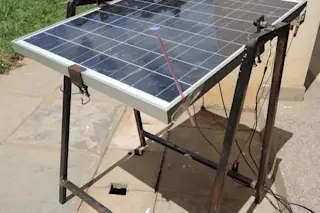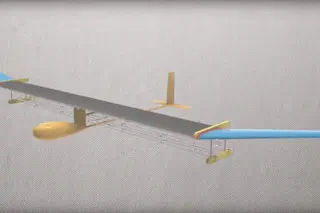Joshua trees in the Mojave Desert
Solar energy has been enjoying its day in the sun with massive federal subsidies
, but the energy taken from sunlight also has a dark side. Building these plants in the American West destroys large swathes of the desert ecosystem. Cacti must be mowed down and local wildlife displaced to make room for the giant mirrors that will essentially carpet the desert. The LA Times has a great feature on the Ivanpah project
in the Mojave that began construction in October 2010. Far from an empty stretch of sand, the Mojave supports diverse wildlife.
No one knows exactly how the new solar power plant will affect the tortoises, eagles, and Joshua trees that currently inhabit the area. Is it okay to sacrifice the desert in the fight against larger climate change? The situation has put environmental groups in a bind, as Times reporter Julie ...













